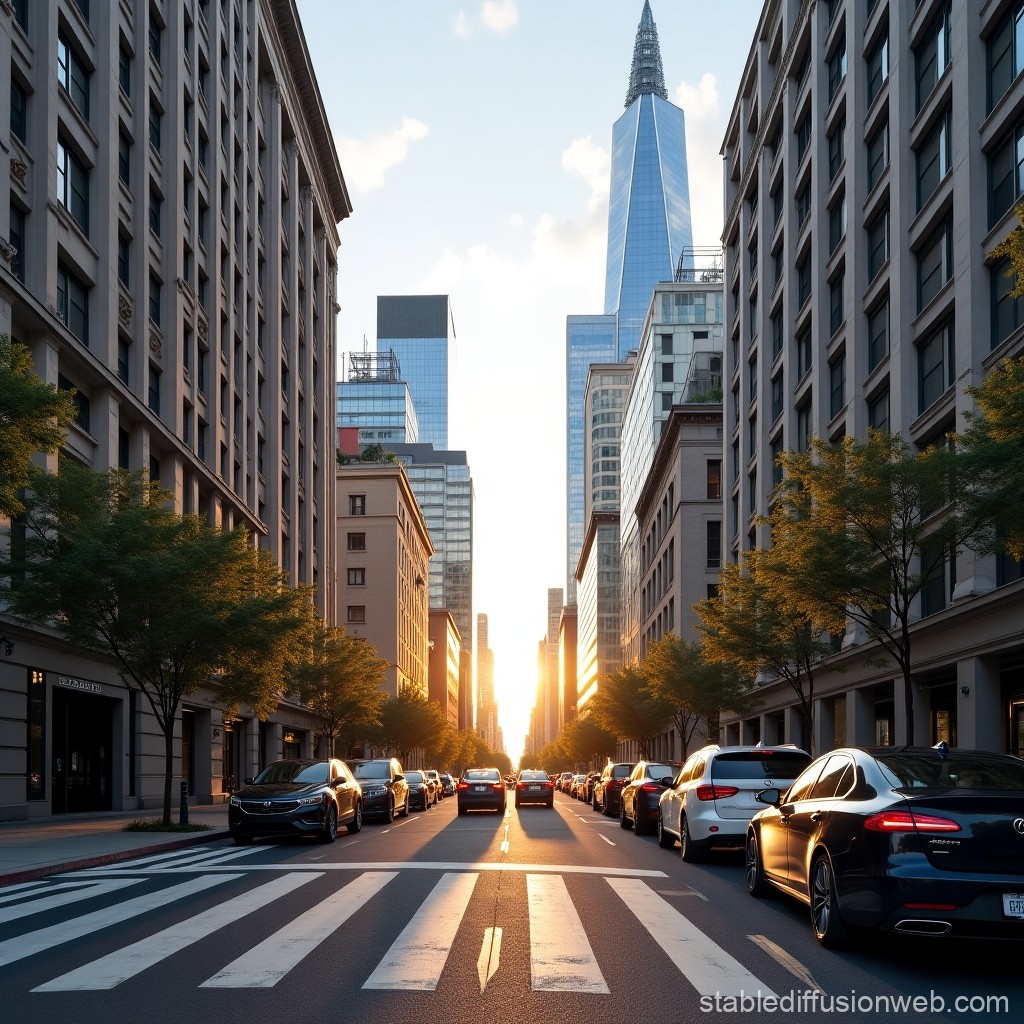Answers For [Forecast Q2-2025] - Living in the City
Answers and detail explain for [Forecast Q2-2025] - Living in the City
Explain
[Forecast Q2-2025] - Living in the City

Urbanization is the increase over time in the population of cities in relation to the region's rural population.
It has been the trend of many countries since the Industrial Revolution and continuing through the twentieth century.
The cities in the world account for only 3% of the land area on earth. In the next few decades, the cities will continue to grow, and more people will be living in urban areas.
Urbanization creates enormous environmental, social, and economic changes, which provide an opportunity for sustainability.
According to statistics, an average person in the city consumes far less carbon than someone in the countryside, about 40%-50% less.
1In some countries, the gradual recovery of lost forests has been observed when people move out of certain areas.
These are good examples of the environmental benefits of urbanization.
2Even though accelerated urbanization creates an ever-increasing demand for expansion of infrastructure and services, cities are more energy efficient compared to the rural areas.
Facilities in the city are very concentrated whereas they are scattered in the countryside, which causes a lot of waste.
3What’s more, people who live in the countryside usually have to travel very far to buy groceries, visit friends or go to work, so they rely a lot on cars to get around.
They don’t have much of a choice.
City residents can have access to public transport such as buses or trains because the infrastructure is much more developed in cities.
Therefore, life can be more convenient.
4In many cities, a well-established recycling system ensures that rubbish is disposed of properly and can be reused if it holds value.
However, in numerous rural areas, there is a lack of sufficient waste management infrastructure and personnel to facilitate this type of waste sorting.
As a result, when driving through rural regions, it is common to witness an abundance of plastic bags and waste paper scattered along the roads.
The life of women in the city can be very different from those who live in the country.
The different living conditions have a great impact on their lifestyle. For one thing, women in the city get married at a relatively later age than their country counterparts, mainly because they are busy in the career.
5For another, while most women in the country are full-time housewives, city women have to work hard in the competitive work environment in order to gain more promotion in their work.
However, a higher concentration of people within a region can cause some troubles, such as shortages of important resources, like food and water.
And when people move from the countryside to the city, they have to work hard to make ends meet and support their life in a more fast-paced and expensive setting.
They are busy trying to adapt to the city life.
6As a result, their rural culture is lost as they have no time for the traditional skills and they don’t even have a chance to use their dialect.
{[Moreover, the greater occurrence of crimes in urbanized areas can be attributed to the increased availability of goods
and heightened awareness of income inequality between the affluent and the less privileged.
In contrast, life in the countryside remains comparatively peaceful, allowing residents to even leave their doors open at night without fear of criminal activities.][7]}
Living in urban areas, particularly in low and middle-income countries, poses the disadvantage of poorer air quality caused by pollution, resulting in various health issues like asthma.
8Due to the larger population in cities, there is a subsequent increase in consumption, resulting in expanded business opportunities.
The heightened consumption in urban settings plays a significant role in driving personal wealth accumulation.
9In some parts of the world, there is a growing trend of people choosing to leave the city and relocate to the countryside.
This shift is primarily attributed to the stress associated with work and urban living, as well as the issue of traffic congestion.
10Consequently, many individuals choose to opt for a more peaceful lifestyle in rural areas.
People have their preferences in terms of lifestyle ….
Questions 1-10
Complete the notes below. Write ONE WORD ONLY for each answer.
Urbanization
-
Cities account for only 3% of total land area.
Advantages for moving into the city
-
less carbon consumed in the city than in the countryside
-
good for recovering 1 (forests)
-
achieving greater 2 (energy) efficiency through centralization of facilities
-
rural citizens rely more on 3 (cars) than people in the city
-
4 (rubbish) can be managed properly because of the recycling system
Women in the city
-
more likely to have late marriage
-
gain more 5 (promotion) at work
The drawbacks of moving to cities
-
a shortage of public resources
-
losing 6 (culture) because people have to work hard to maintain life
-
more 7 (crime | crimes) occurring in the city
-
poor quality of 8 (air) leading to health problems
Other facts
-
increased consumption: leading to more business opportunities and 9 (wealth) for individuals
- escaping cities: because of problems like stress from work, 10 (traffic) congestion
![[Forecast Q2-2025] - Biology lecture](https://static.helik.app/reading/8fd3d7d2-ccf9-47a3-8920-2e7a3b0d6607)
![[Forecast Q2-2025] - Student Union](https://static.helik.app/reading/fb443123-8c1d-447e-8c79-5a01650f4754)
![[Forecast Q2-2025] - Fruit-picking Job in an Orchard](https://static.helik.app/reading/e1968346-6c55-44ae-b8d3-f6a4fb7207b9)
![[Forecast Q2-2025] - University Crime Prevention](https://static.helik.app/reading/bdda593e-16d6-4c72-8a12-b116e917b27c)
![[Forecast Q2-2025] - Business Course](https://static.helik.app/reading/3308e282-99a6-4bcb-9d22-0b488701d968)
![[C20T1] - Choosing a restaurant](https://static.helik.app/reading/e9b21123-c43c-42fb-88b7-5d0be3a37e03)
